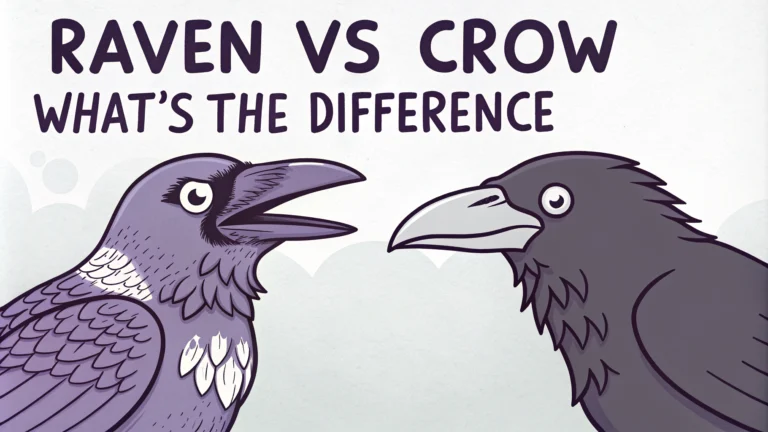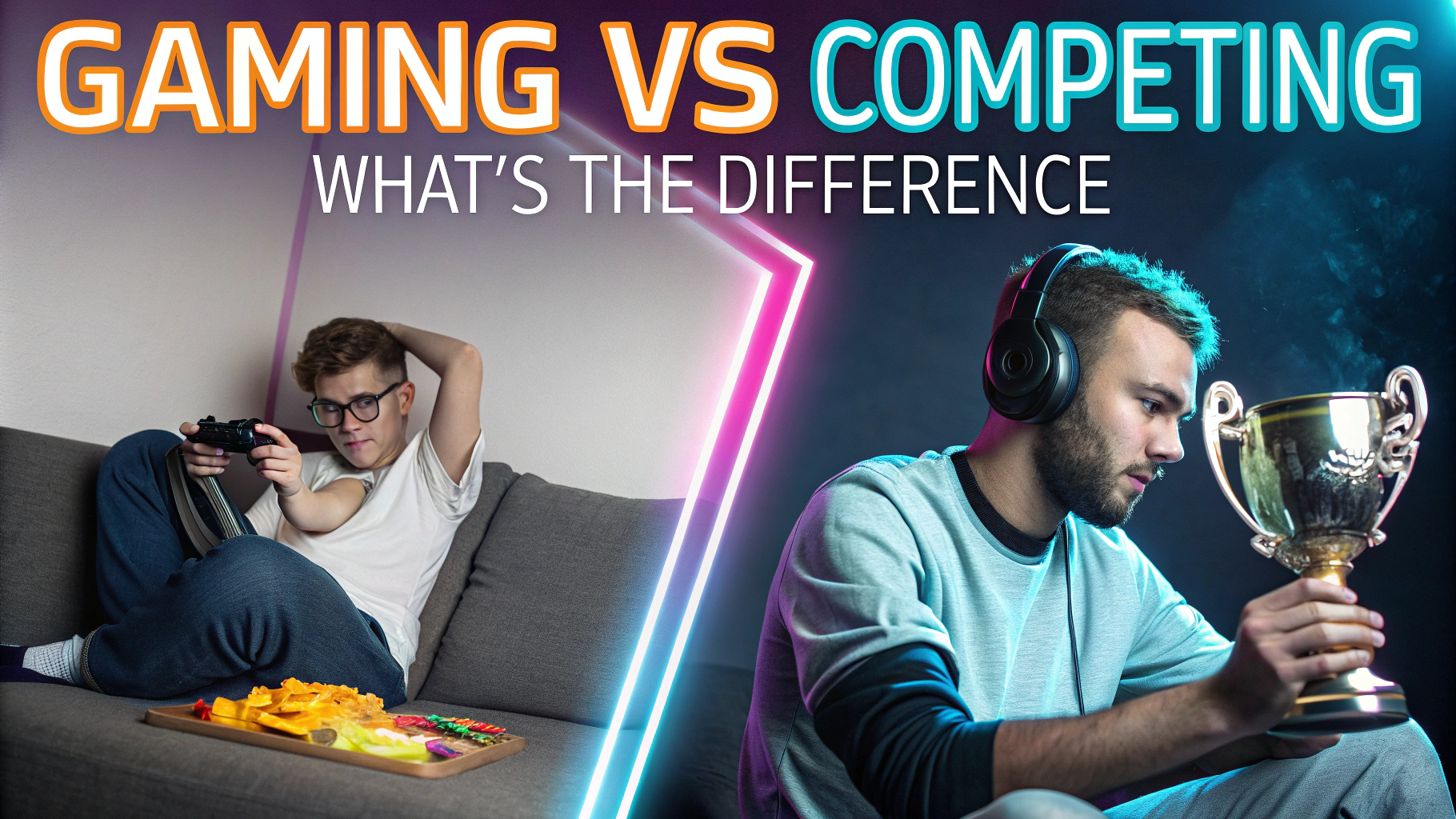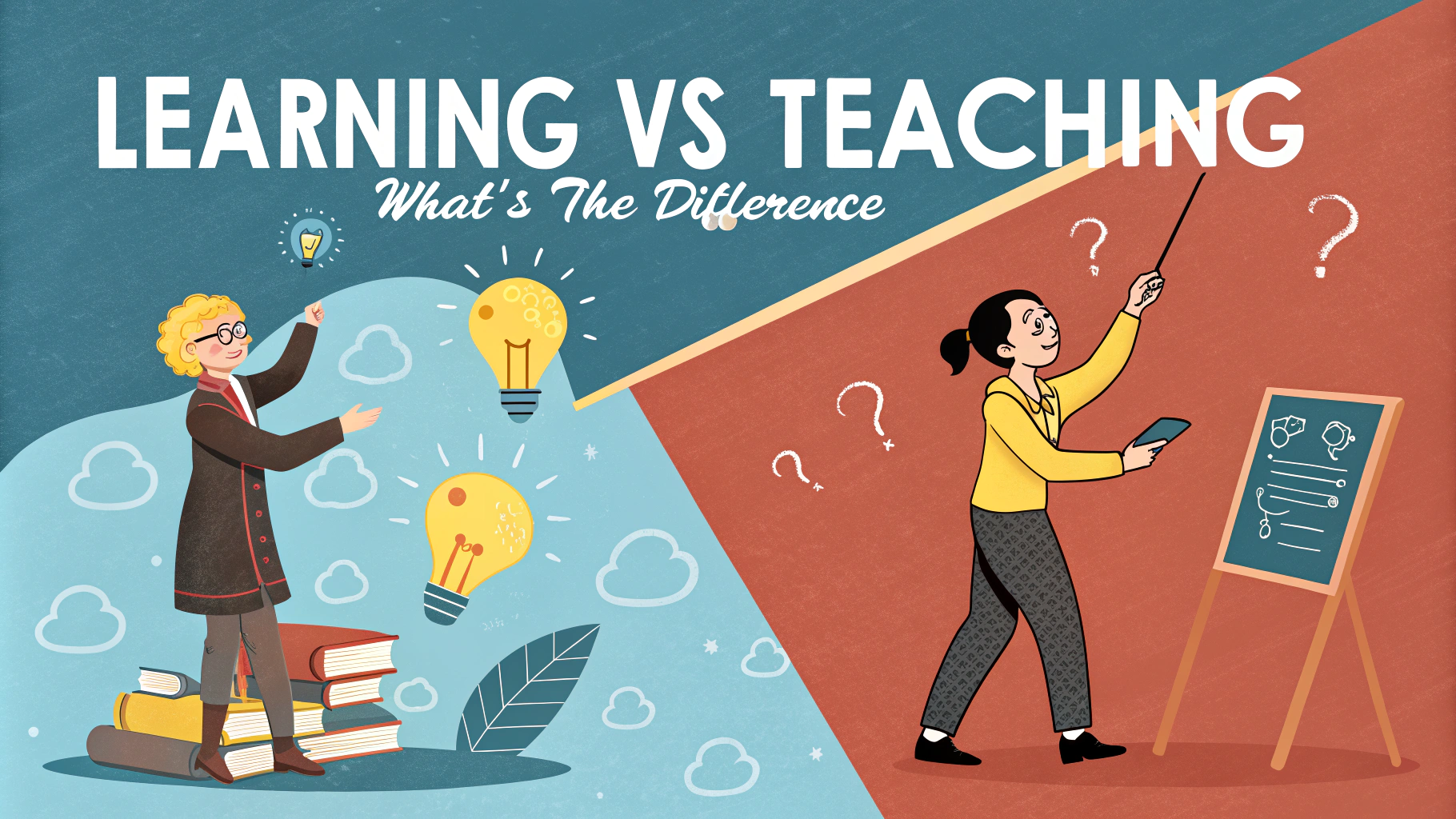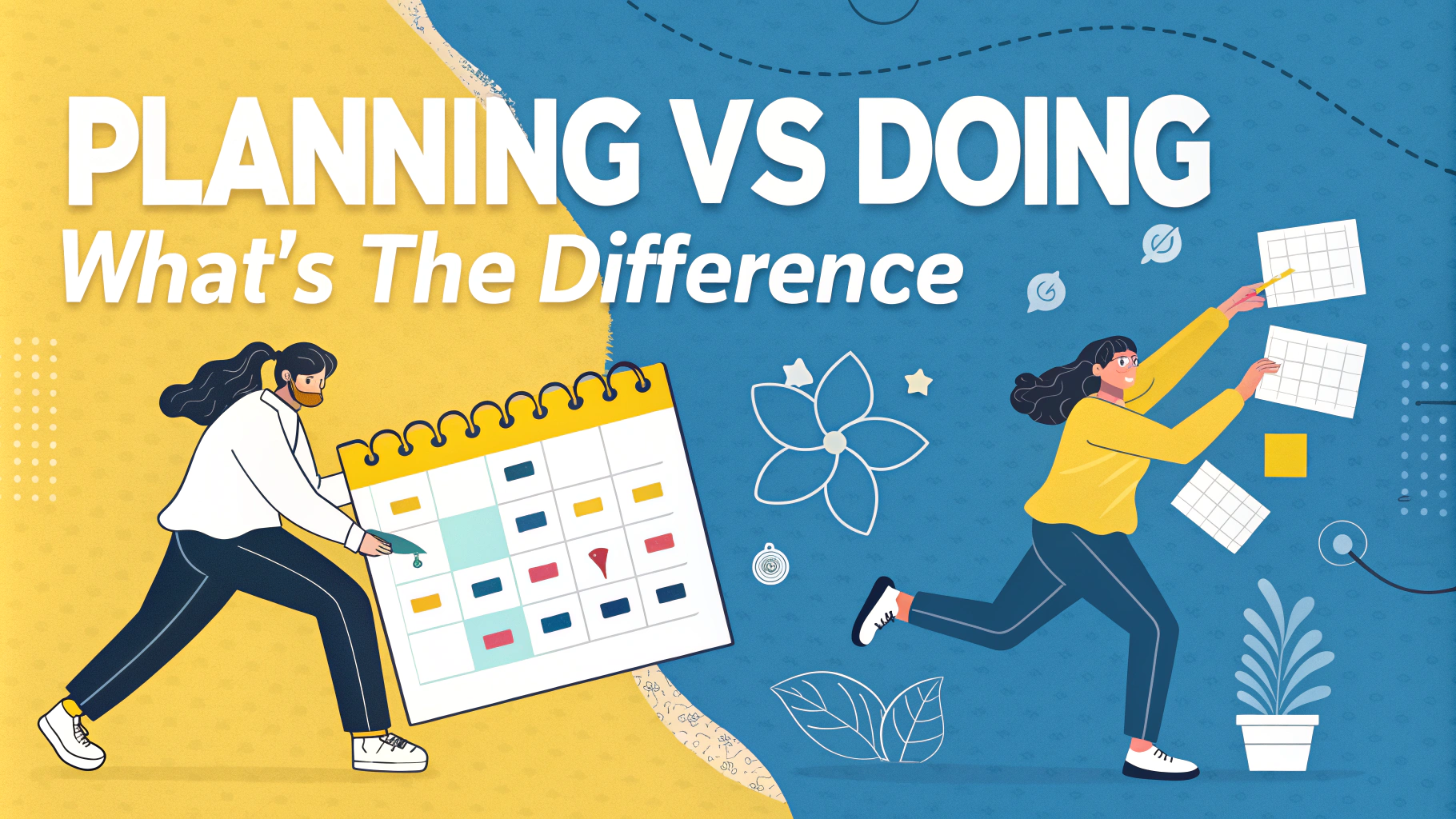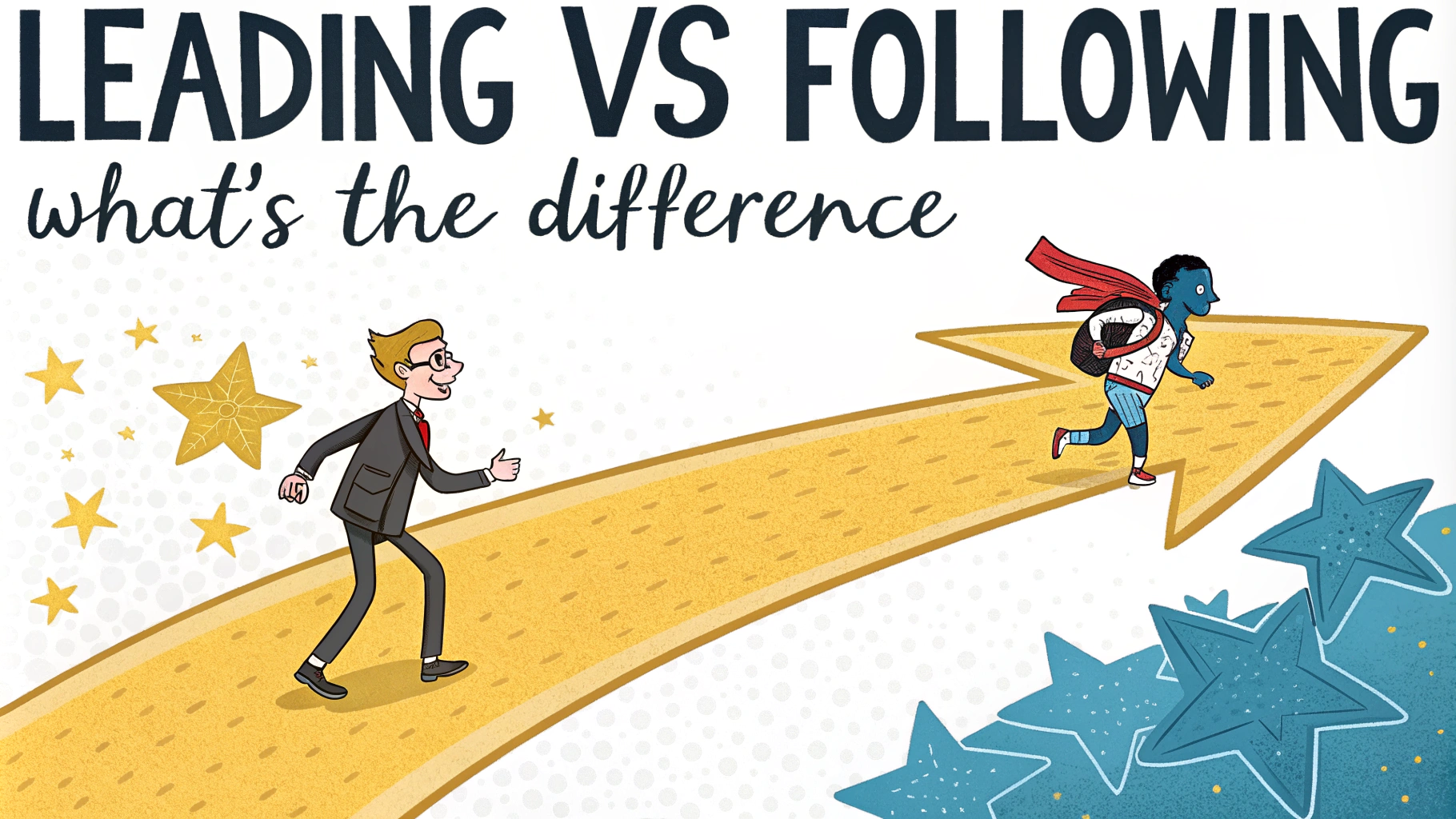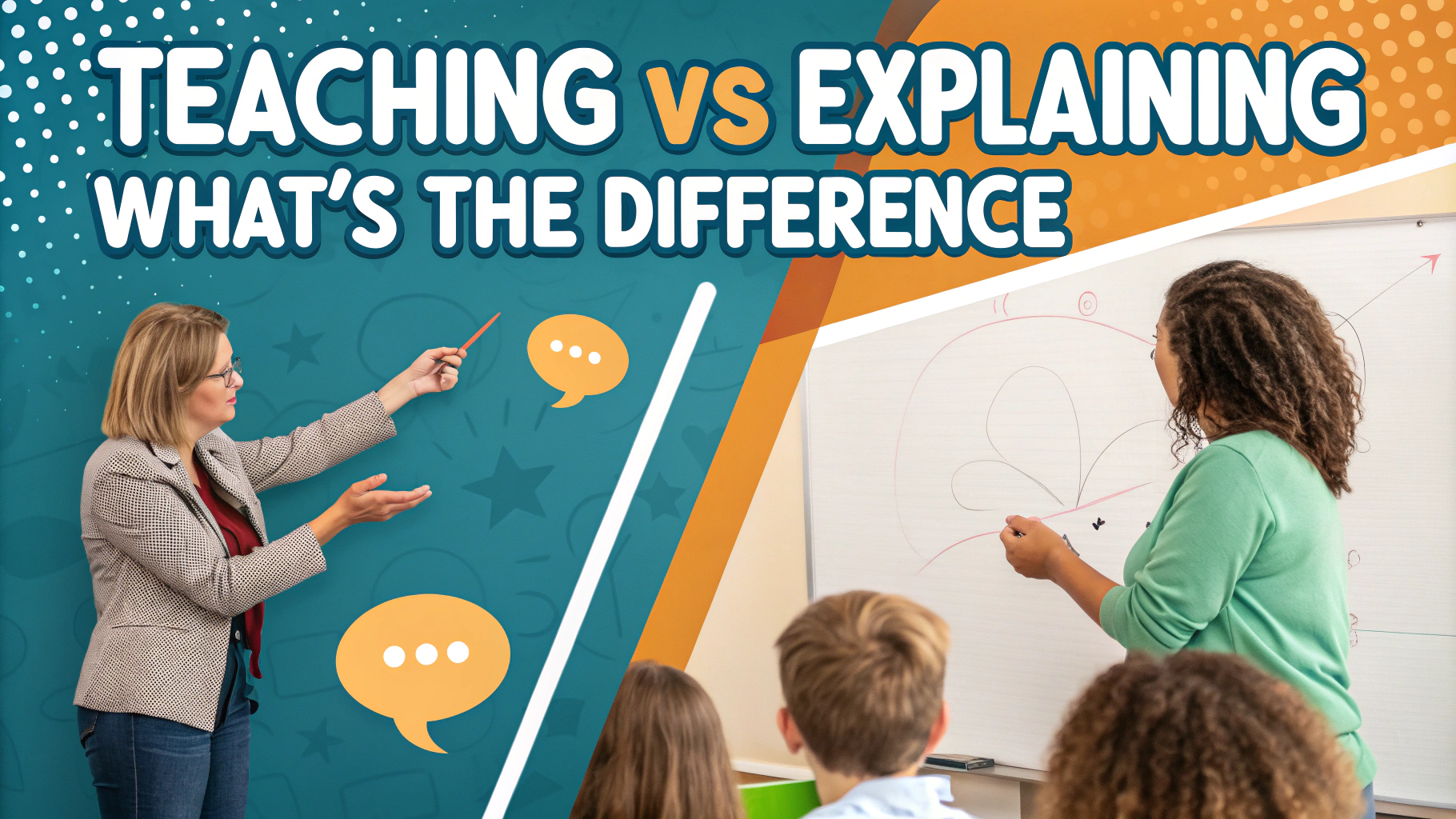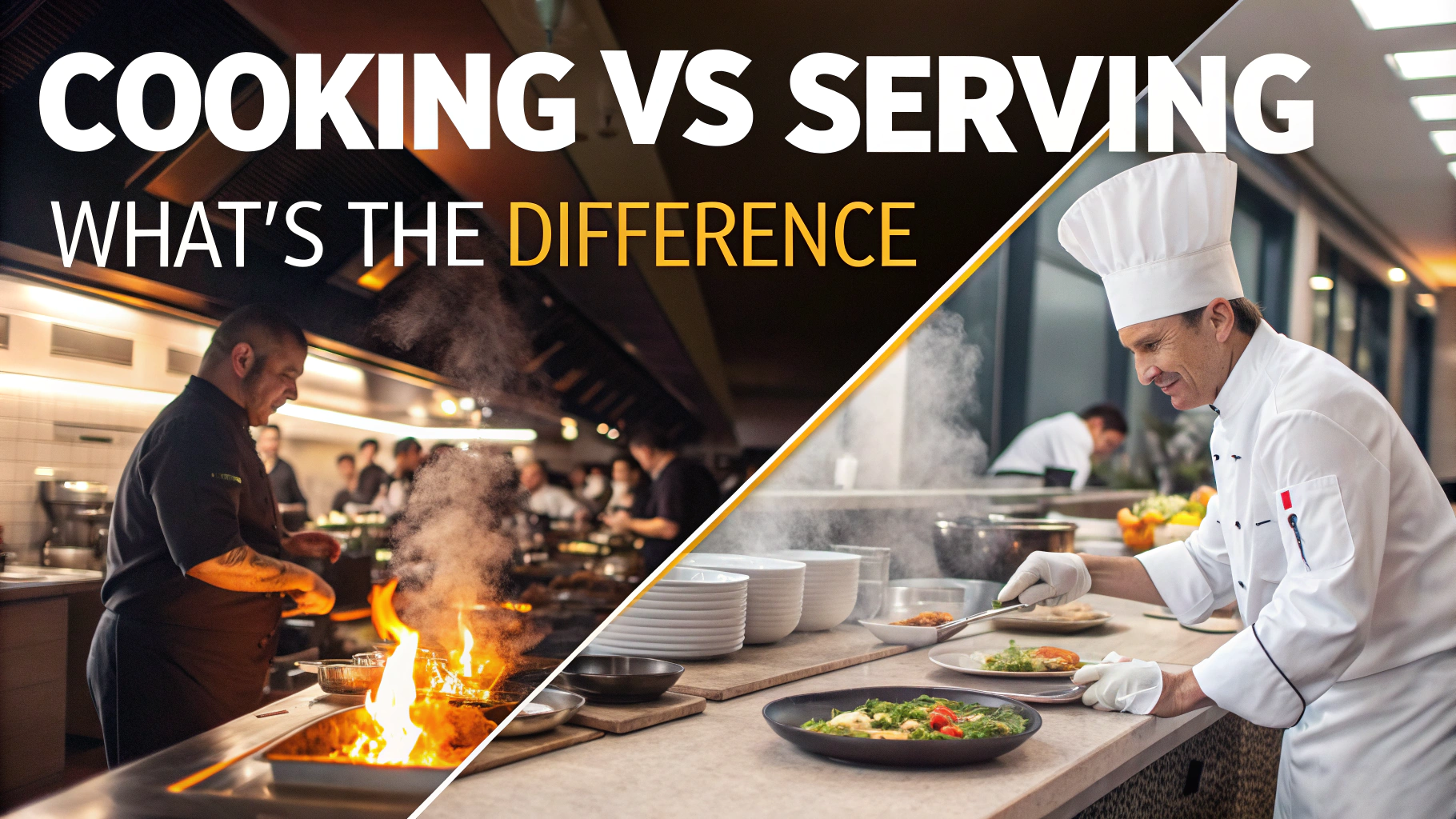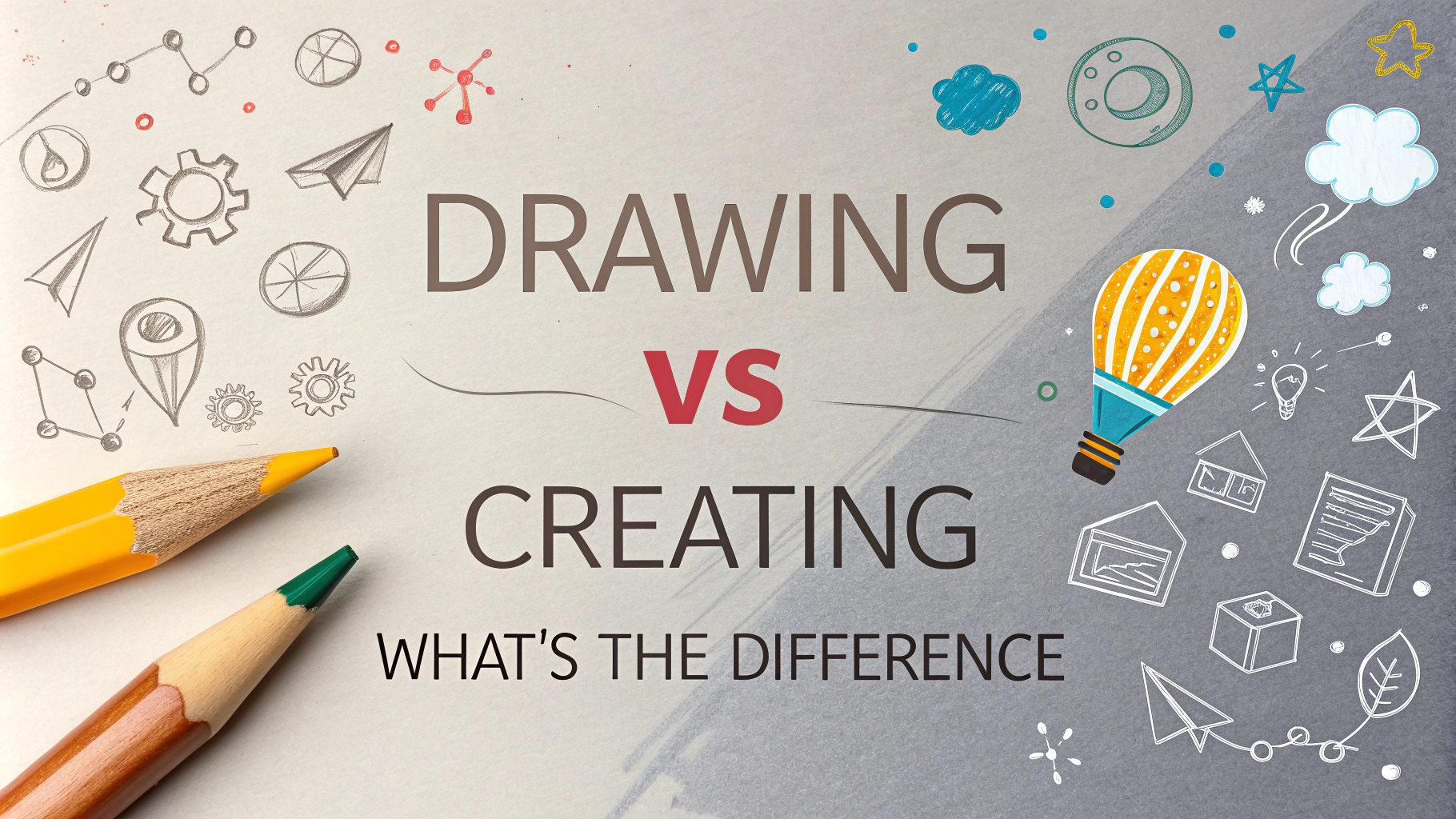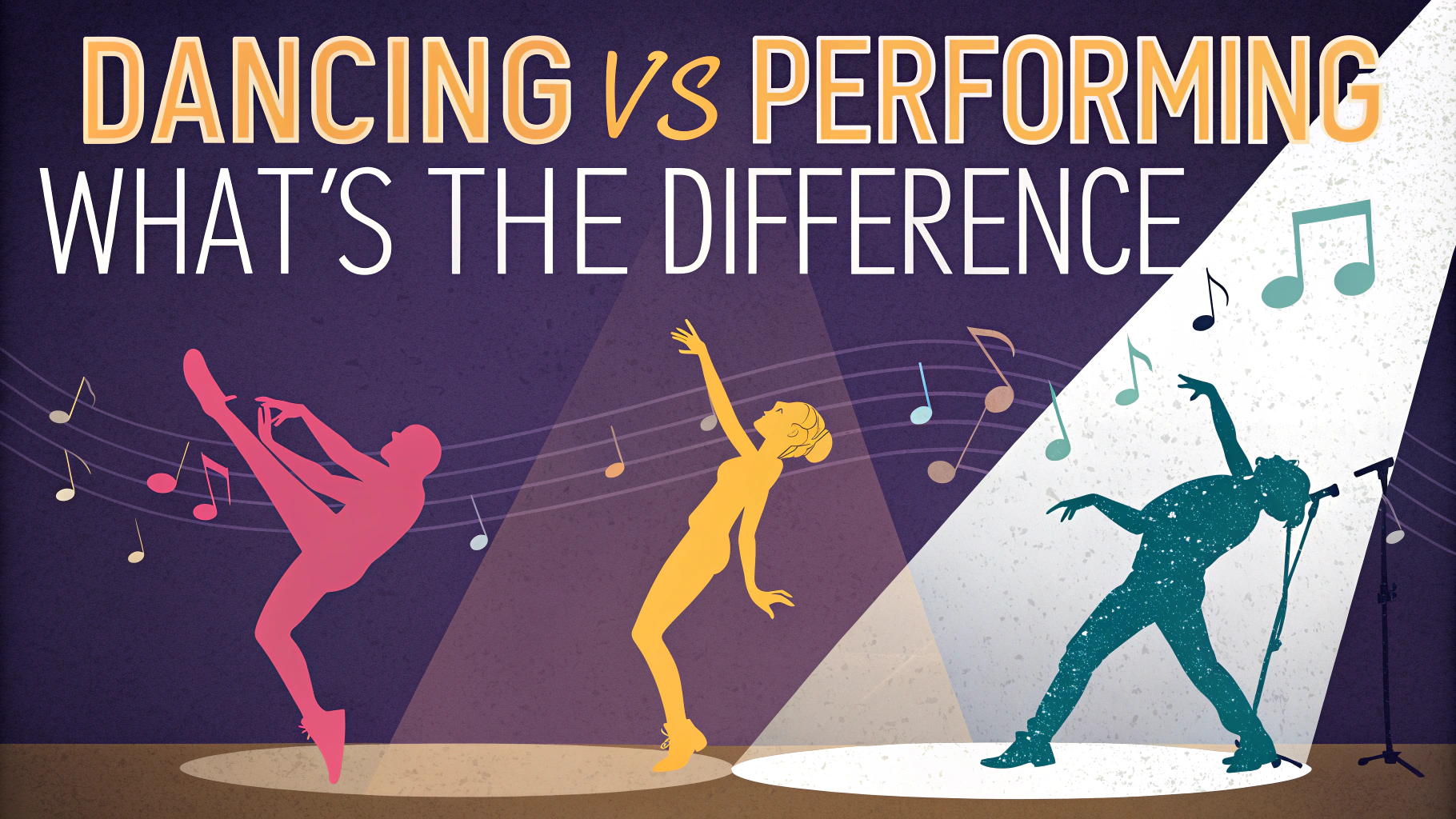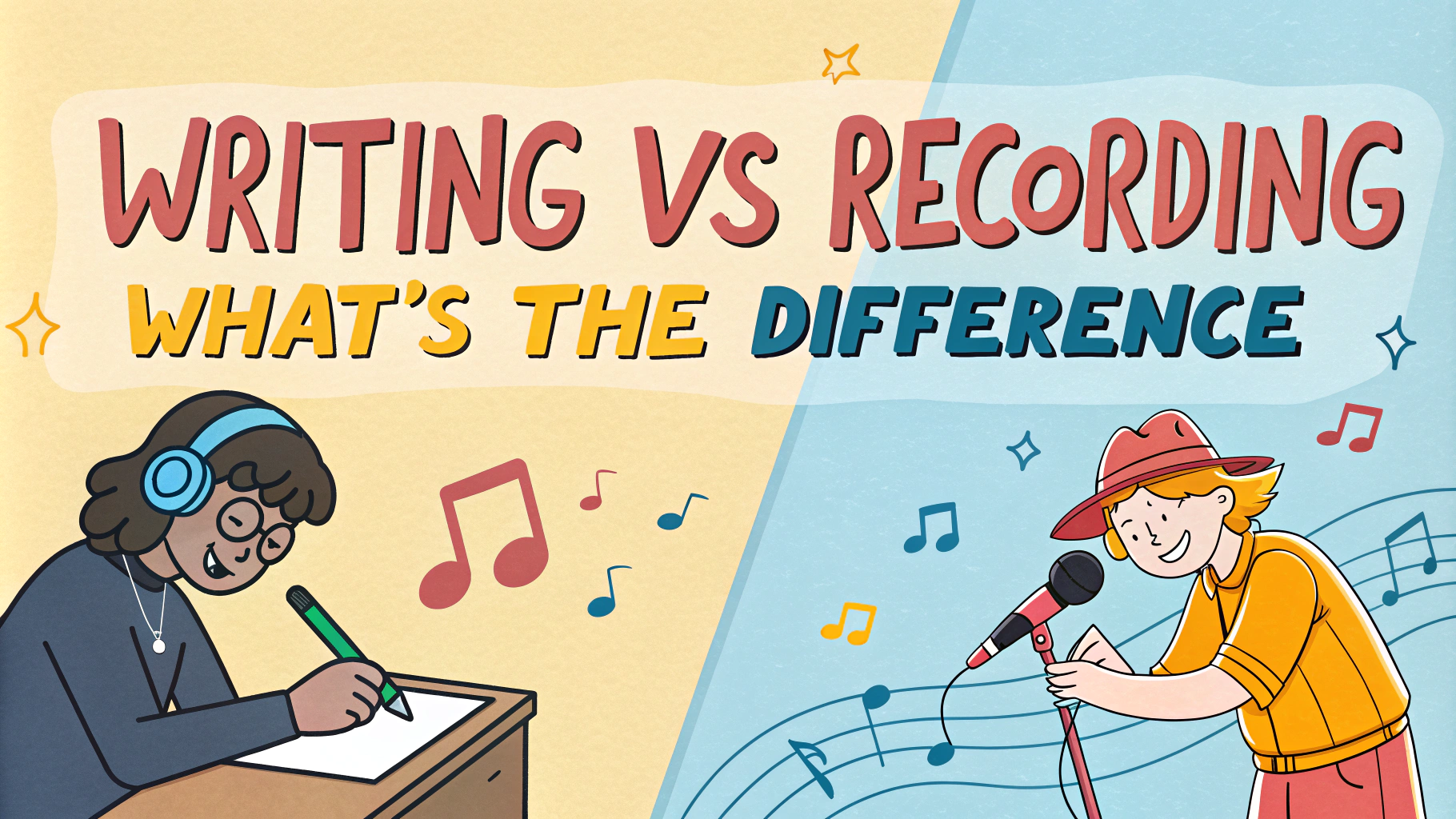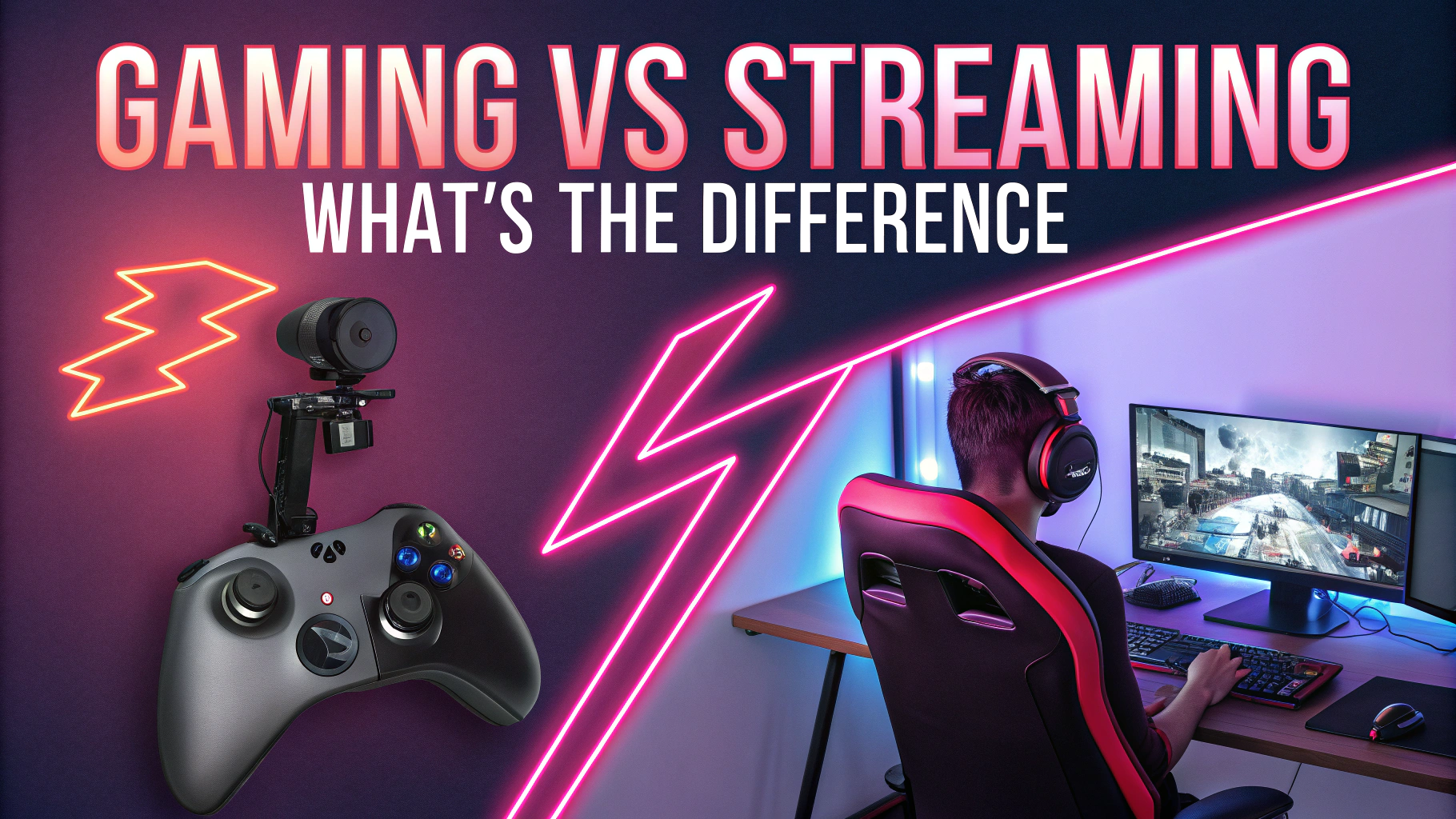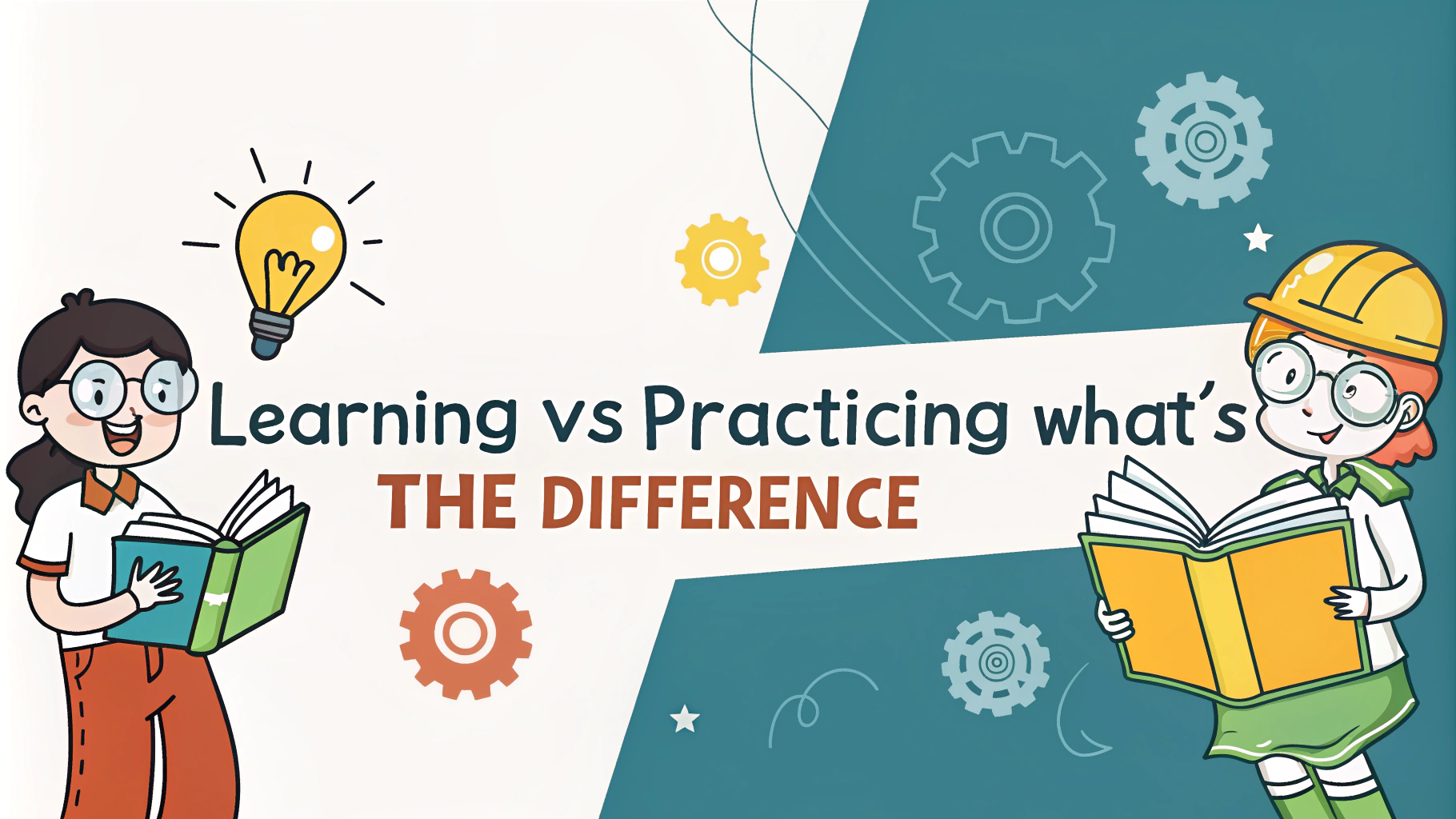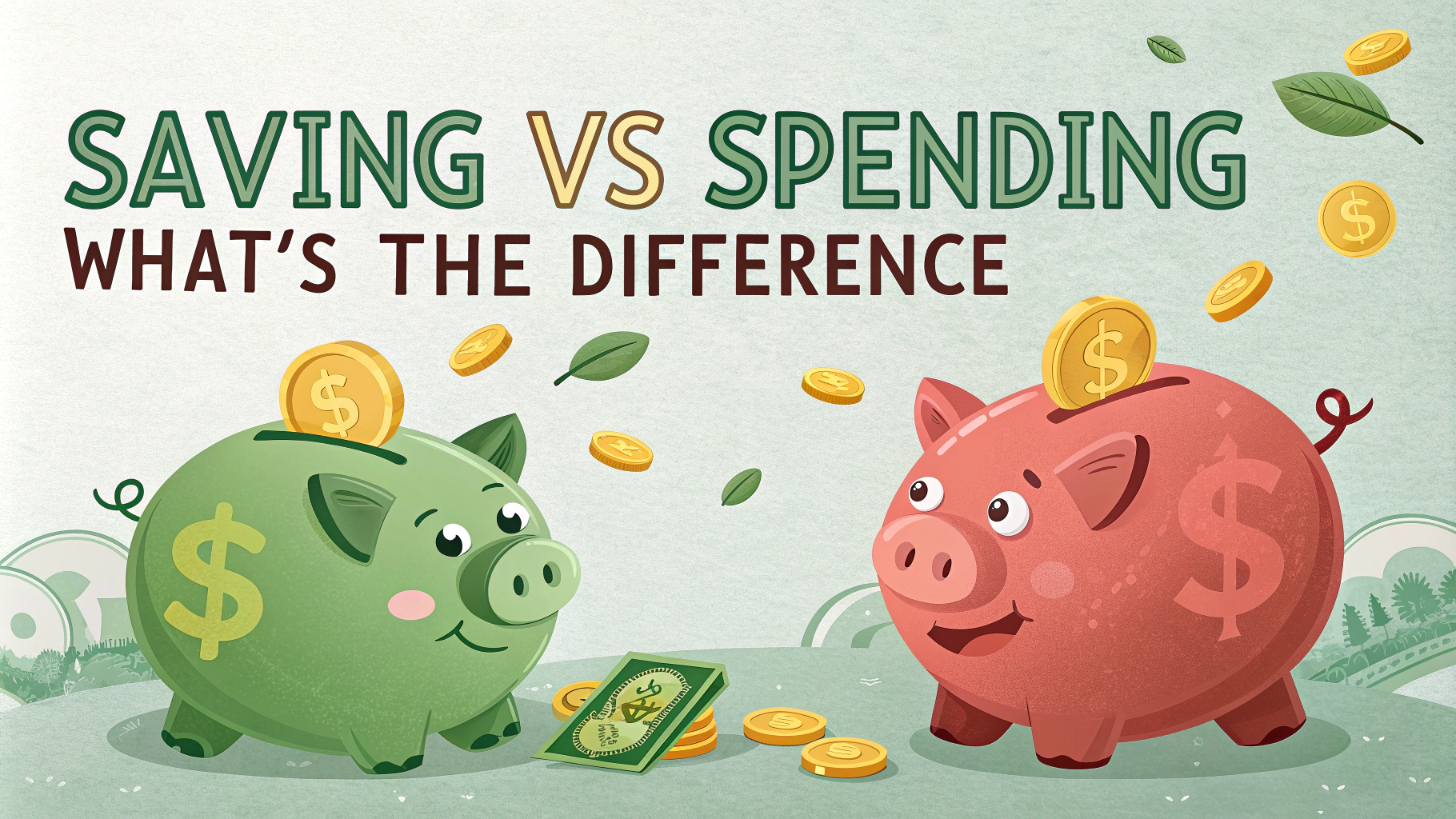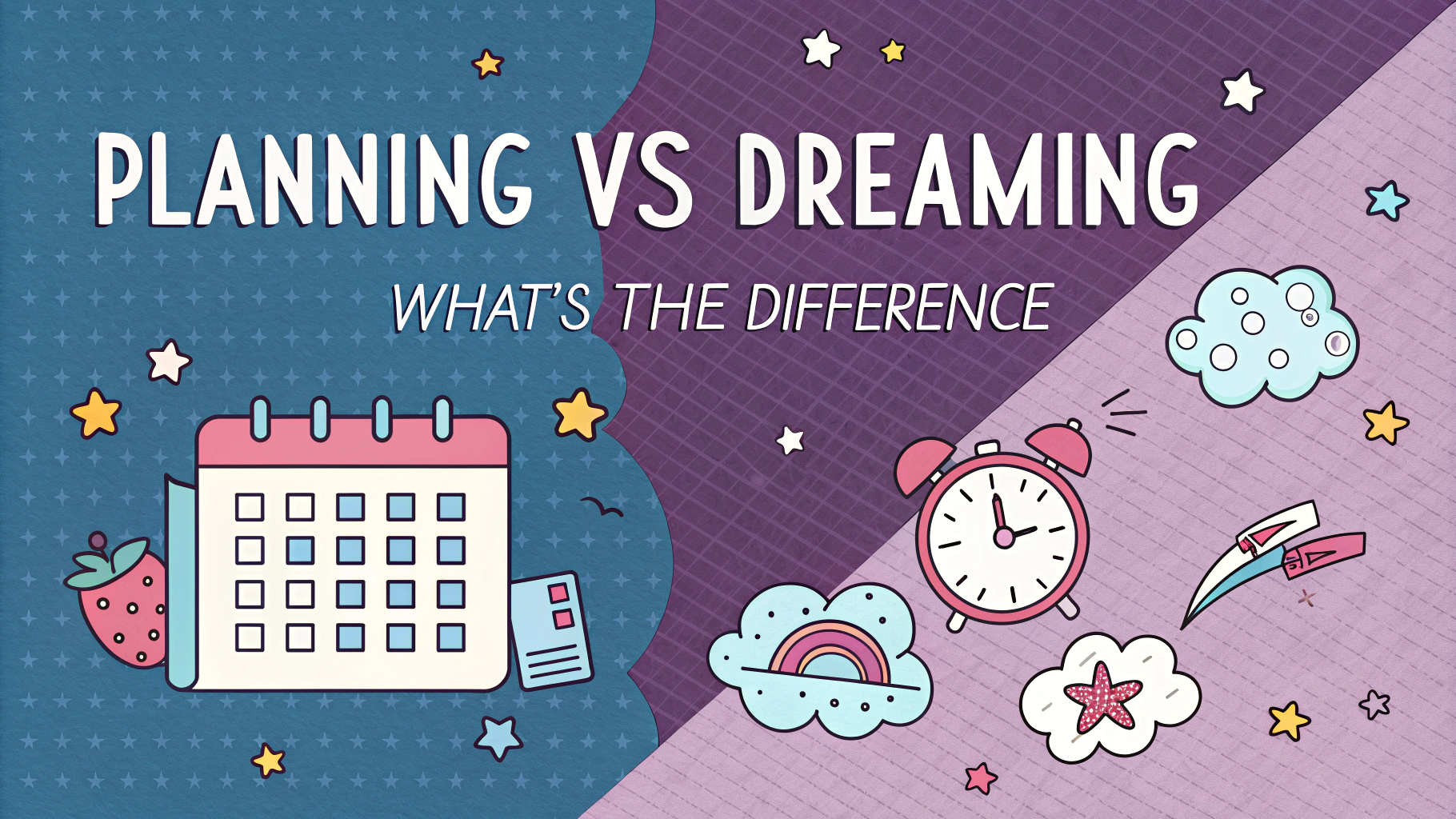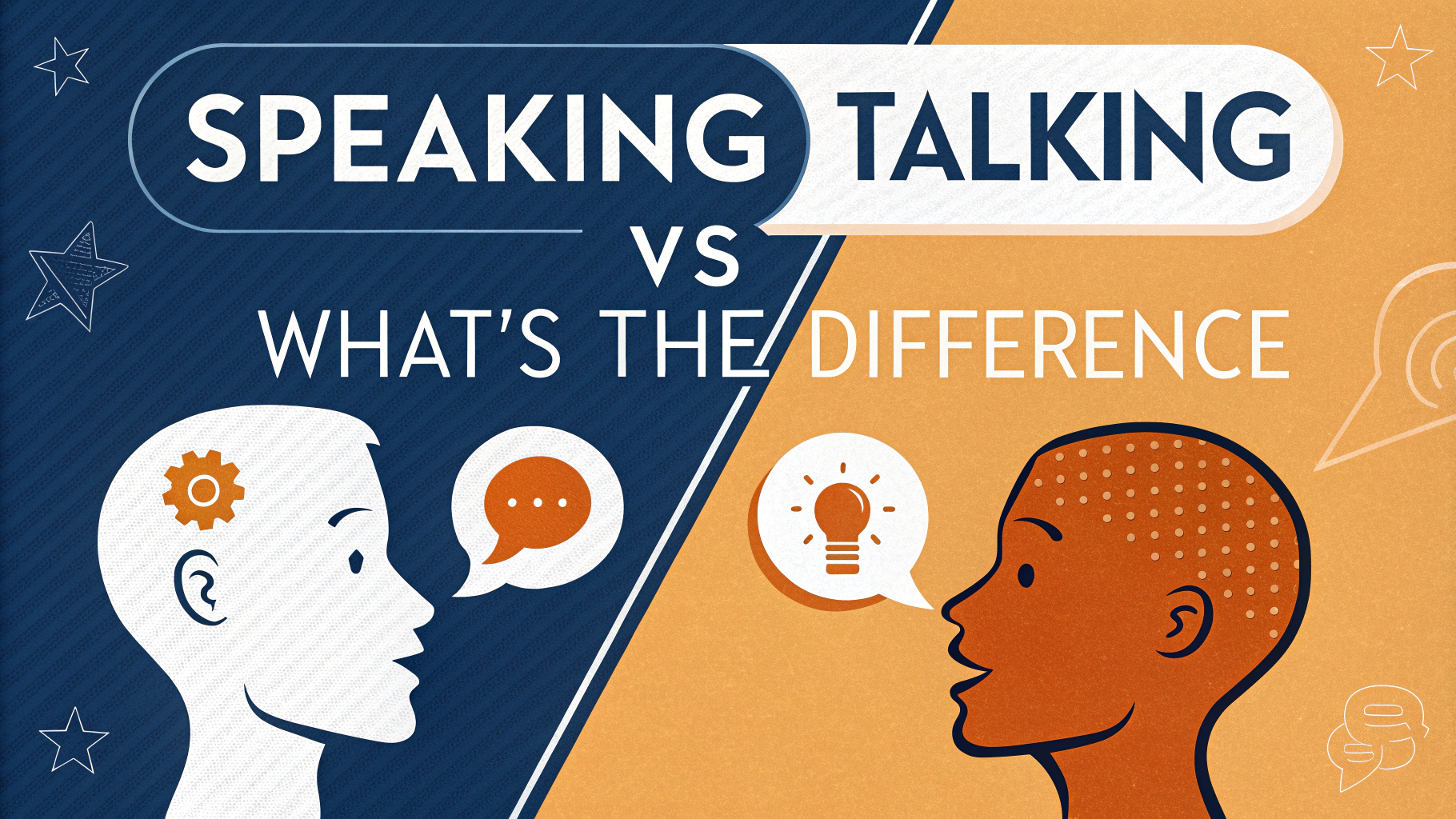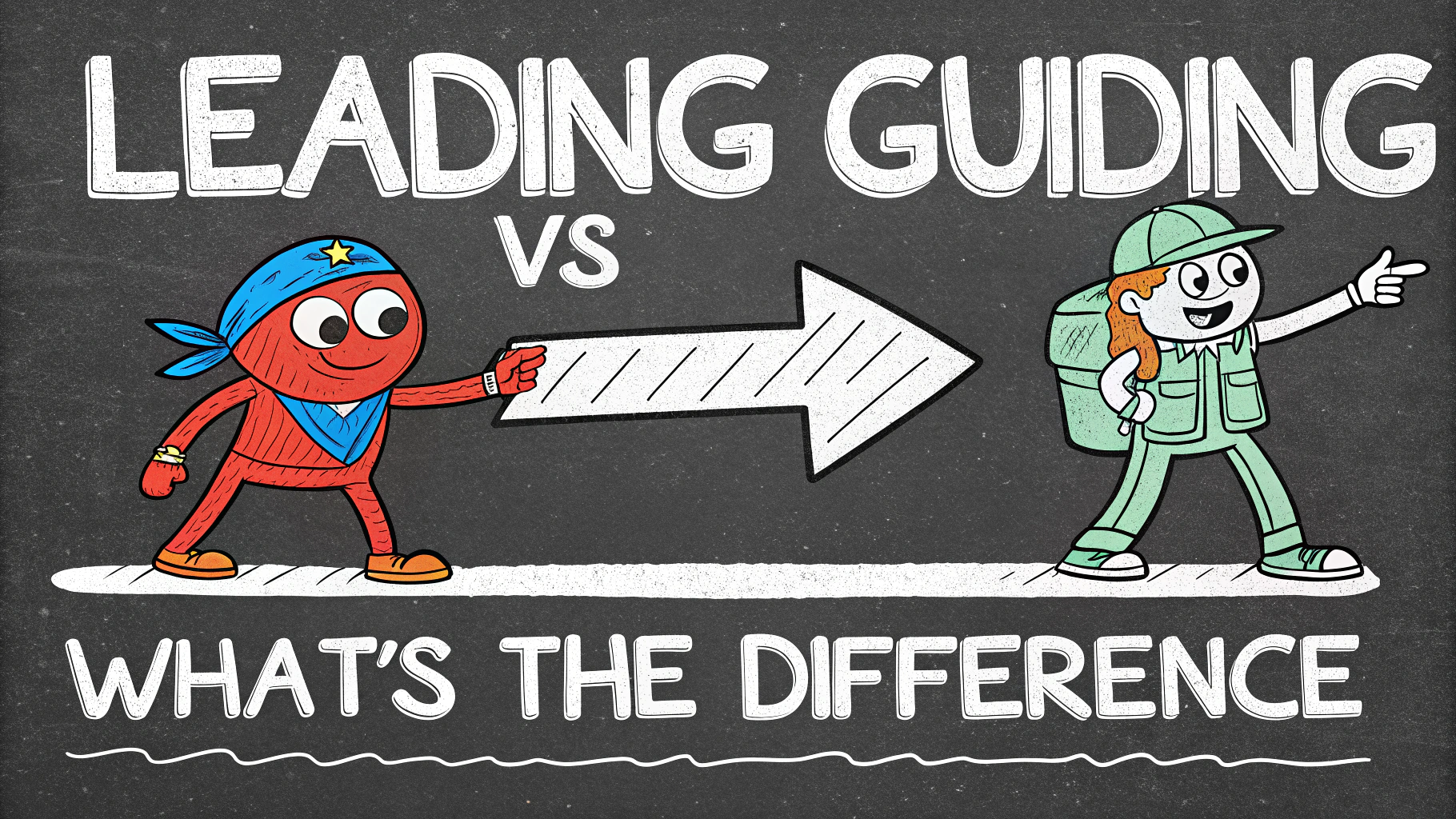Ravens and crows, both members of the Corvidae family, often confuse even seasoned bird watchers. While these black birds share similarities, key differences set them apart. This quick guide will help you spot the unique features of each species, enhancing your bird-watching experience.
We’ll explore size comparisons, beak shapes, tail structures, and behavioral patterns that distinguish ravens from crows. By the end of this article, you’ll have the knowledge to confidently identify these intelligent birds in various settings, from urban environments to wilderness areas.
Physical Characteristics: Size and Shape
Ravens are notably larger than crows, with a more imposing presence. Key differences include:
- Size: Ravens can be up to 24 inches long, while crows typically measure 17 inches
- Wingspan: Ravens boast a wingspan of up to 4.5 feet, compared to crows’ 3-foot span
- Weight: A raven can weigh over 2.5 pounds, while crows rarely exceed 1 pound
Ravens have a bulkier build with a thick neck, shaggy throat feathers, and a heavier beak. Crows appear sleeker with a smoother neck profile and a thinner, straighter beak.
Beak and Head Features
The beak shape offers a reliable way to distinguish these birds. Notable differences include:
- Raven beaks: Larger, curved, and more robust
- Crow beaks: Smaller, straighter, and more delicate
Ravens have a more pronounced forehead and a fuller, more rounded head. Crows display a flatter head profile with less prominent forehead feathers.
Tail Shape and Flight Patterns
Observing tail shape during flight can help identify these birds. Key distinctions:
- Raven tails: Wedge-shaped or diamond-shaped when spread
- Crow tails: Fan-shaped with a straight edge when spread
In flight, ravens often soar and glide, showcasing acrobatic maneuvers. Crows typically exhibit a steadier, more direct flight pattern with regular wing beats.
Vocalizations and Sounds
Ravens and crows have distinct vocal repertoires. Key differences include:
- Raven calls: Deep, guttural croaks and knocking sounds
- Crow calls: Higher-pitched caws and softer rattles
Ravens produce a wider range of vocalizations, including bell-like tones and mimicry. Crows stick to a more limited set of calls, primarily variations of their signature “caw.”
Habitat Preferences and Distribution
Understanding where these birds typically reside can aid in identification:
- Ravens: Prefer wilderness areas, forests, and mountainous regions
- Crows: Thrive in urban and suburban environments, as well as agricultural areas
While there’s overlap in their ranges, ravens are less common in cities. Crows adapt well to human presence and are more frequently spotted in populated areas.
Behavioral Differences
Observing behavior can provide clues to distinguish these birds:
- Ravens: Often seen in pairs or small family groups
- Crows: Gather in larger flocks, especially during roosting
Ravens display more aerial acrobatics, such as barrel rolls and somersaults. Crows exhibit a more straightforward flight pattern and are less likely to perform complex aerial maneuvers.
Feeding habits also differ:
- Ravens: More likely to scavenge on carrion and hunt small animals
- Crows: Opportunistic feeders, often seen foraging in urban areas
Conclusion
Distinguishing ravens from crows enhances your bird-watching skills. Remember these key points:
- Size and shape: Ravens are larger with a bulkier build
- Beak differences: Raven beaks are curved and robust, crow beaks are straighter
- Tail shape: Ravens have wedge-shaped tails, crows have fan-shaped tails
- Vocalizations: Ravens produce deeper croaks, crows have higher-pitched caws
- Habitat: Ravens prefer wilderness, crows adapt well to urban areas
- Behavior: Ravens are often in pairs, crows gather in larger flocks
Practice these identification techniques in the field to improve your accuracy. With time and observation, you’ll confidently differentiate between these intelligent corvids.
For further learning, consider joining local birding groups or using bird identification apps. These resources can provide additional practice and expert insights to refine your skills in distinguishing ravens from crows.
FAQs: Raven vs Crow
1. What are the main differences between ravens and crows?
The main differences include:
- Size: Ravens are larger than crows
- Tail shape: Ravens have a wedge-shaped tail, crows have a fan-shaped tail
- Beak: Ravens have a thicker, curved beak
- Voice: Ravens have a deeper, croaking call
- Flight: Ravens soar more, crows flap more
2. Are ravens smarter than crows?
Both ravens and crows are highly intelligent, but ravens have shown slightly superior problem-solving abilities in some studies. However, both species demonstrate remarkable cognitive skills.
3. Can ravens and crows interbreed?
No, ravens and crows cannot interbreed. They belong to different species within the Corvus genus and are not genetically compatible for reproduction.
4. What’s the difference in size between a raven and a crow?
Ravens are significantly larger than crows:
| Species | Length | Wingspan |
|---|---|---|
| Raven | 24-27 inches | 45-51 inches |
| Crow | 16-21 inches | 33-39 inches |
5. How can you tell a raven from a crow in flight?
In flight, look for these distinguishing features:
- Ravens have longer, narrower wings
- Ravens’ tail feathers form a wedge shape
- Ravens tend to soar and glide more than crows
- Crows have a more frequent wing flapping pattern
6. Do ravens and crows have different diets?
Both ravens and crows are omnivores with similar diets. However, ravens are more likely to scavenge larger carrion and may hunt small animals more frequently than crows.
7. Which is more common in urban areas: ravens or crows?
Crows are typically more common in urban areas. They adapt well to human environments and are often seen in cities and suburbs. Ravens generally prefer more open, rural, or wilderness areas.
8. What’s the difference in lifespan between ravens and crows?
Ravens generally have a longer lifespan:
- Ravens: 10-15 years in the wild, up to 40 years in captivity
- Crows: 7-8 years in the wild, up to 20 years in captivity
9. Are ravens and crows equally social?
While both species are social, crows tend to be more gregarious. They often form large flocks, especially in winter. Ravens are more often seen in pairs or small family groups.
10. Do ravens and crows have different cultural significance?
Both birds have rich cultural significance, but ravens often play a more prominent role in mythology and literature. Ravens are associated with wisdom, prophecy, and mystery in many cultures, while crows are often linked to death, misfortune, or trickery.
11. What’s the difference in raven vs crow calls?
The calls are distinctly different:
- Ravens: Deep, croaking “gronk-gronk” or “kraa-kraa”
- Crows: Higher-pitched “caw-caw” or “awk-awk”
12. Are there any behavioral differences between ravens and crows?
Yes, there are several behavioral differences:
- Ravens are more solitary or found in pairs
- Crows are more social and form larger groups
- Ravens engage in more aerial acrobatics during courtship
- Crows are more likely to mob predators in groups

